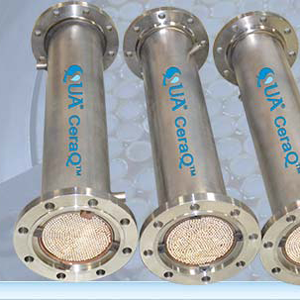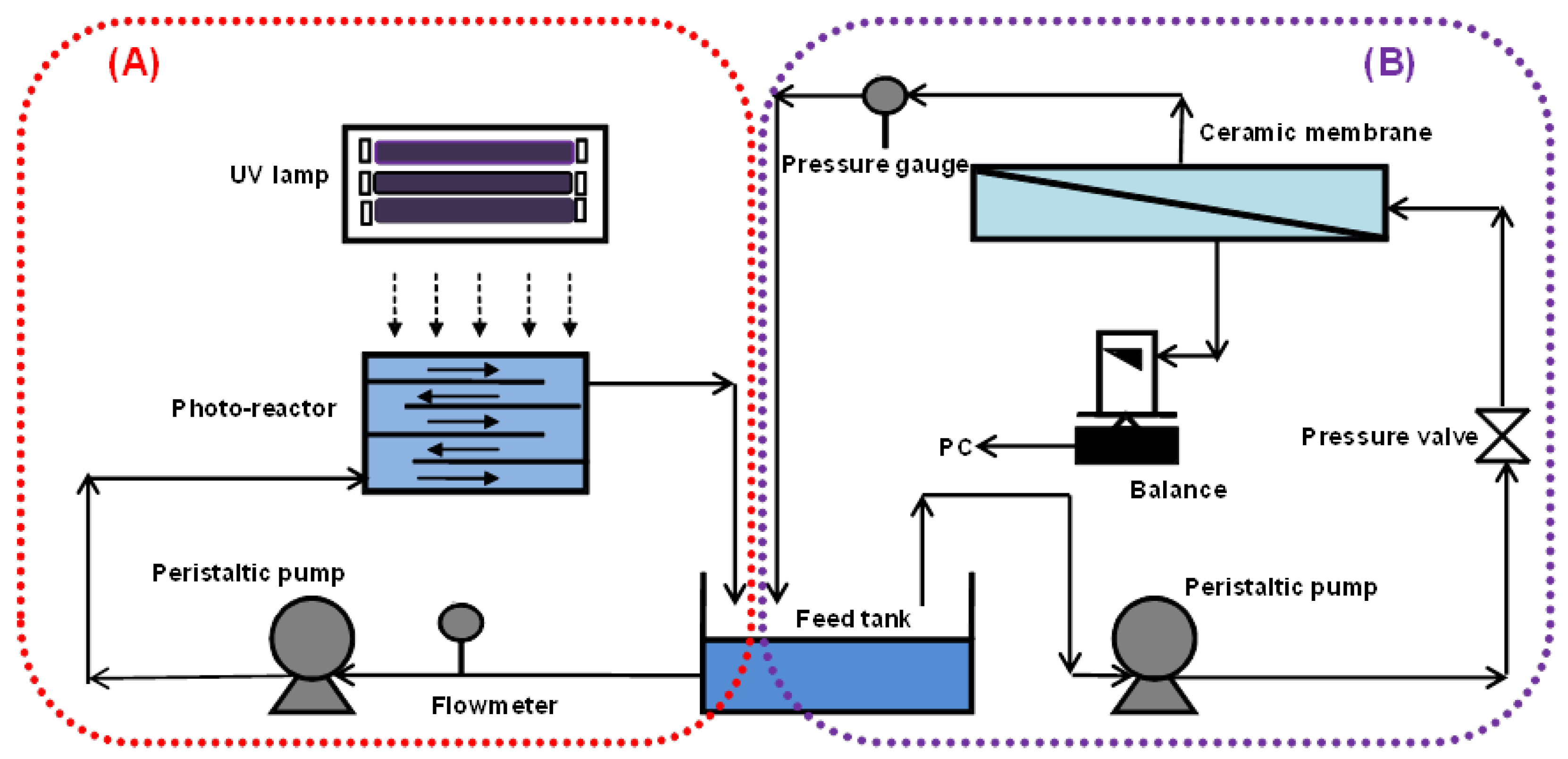Ceramic Membrane Vs Polymeric Membrane

Consequently cleaning effect on membrane fouling is lack of comparability between polymeric and ceramic membrane.
Ceramic membrane vs polymeric membrane. Polymeric and ceramic membranes aqua aerobic systems provides two types of aqua multibore membranes polymeric and ceramic. Opex l j t this means that as far as the cost effectiveness of the ceramic membrane compared with the polymeric one is concerned the determining factor is the ratio of the term l j t for the two materials. So the membrane replacement component of the opex is then approximately proportional to the ratio of the membrane cost l to the net flux j times the membrane life t. Comparison of polymeric and ceramic ultrafiltration membranes 129 0 2 4 6 8 10 12 14 5 1030 1550 300 membrane cut off kda permeate flux m 3 m 2 d c pes polymeric membranes ceramic membranes fig.
Additionally ceramic membranes are ideal for in place chemical cleaning at high temperatures while using caustic chlorine hydrogen peroxide ozone and strong inorganic acids and or by using steam sterilization. A number of different polymeric and ceramic materials are used to form membranes. To be made useful the membrane material must be formed or configured in such a way as to allow water to pass through it. The higher degree of fouling on the polymeric membrane is partly due to its lower volume area ratio compared to ceramic membranes.
They are generally used for highly acidic or basic environments due to inertness. Katie guerra p e of the bureau of reclamation reported on her efforts to put to the test the common assumptions that ceramic micro and ultrafiltration systems though more robust and forgiving have such a high capital cost that polymeric membrane systems provide a lower total operating cost advantage. There are mainly two different types of membrane material. The type of membrane used in an application is dependent on waste characteristics treatment objectives and the best economic solution for the plant.
Ceramic membranes consist of metal aluminum or titanium and non metal oxides nitride or carbide. Distilled water flux for polymeric and ceramic membranes a similar dependence as that for distilled water was observed for all the mem. The downside of ceramic membranes is the high sensitivity to temperature gradient which leads to membrane cracking. This makes these membranes suitable for many applications where polymeric and other inorganic membranes cannot be used.

















